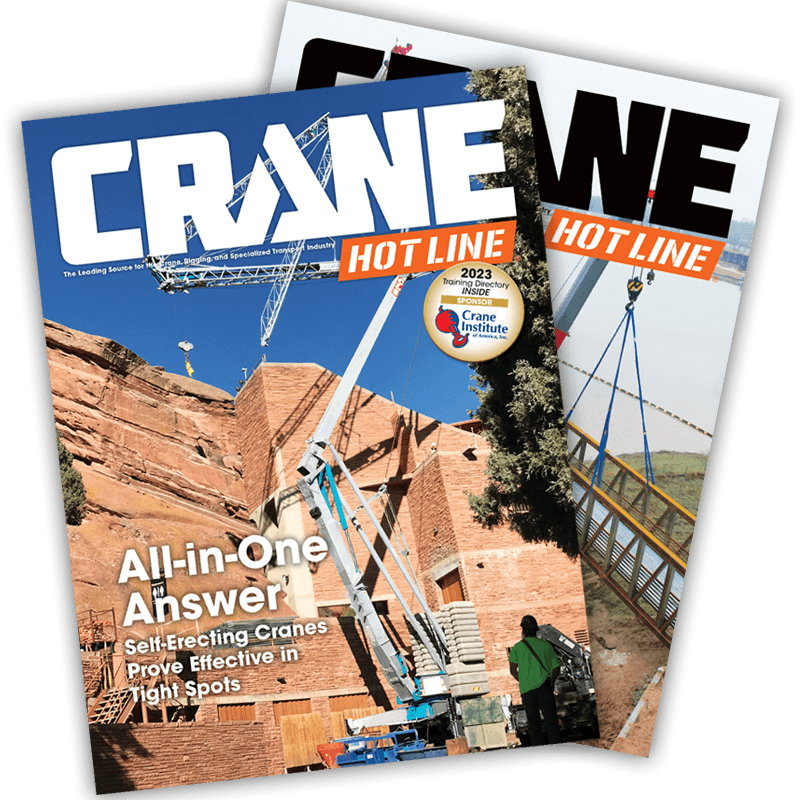Bobcat Adopts Lean Warehousing Practices
April 17, 2006 — Bobcat Co.,

Enlarge Image
Similar to its manufacturing processes, Bobcat is implementing lean techniques in its receiving, warehousing, and material planning operations.
Bobcat had already been using lean manufacturing techniques and wanted to instill similar processes for its receiving, warehousing, and material planning operations. Previously, the company was managing its receiving, inventory and material handling in a 10-acre outdoor area next to its plant. “Our business had outgrown the old methods for receiving parts and managing inventory,” explained John Mark Shaw, senior business unit manager, material support center and PPIC for Bobcat.
After evaluating a number of firms, Bobcat decided to outsource its warehousing and inventory support operations to Menlo Worldwide in September 2005. In November 2005, Menlo opened a new manufacturing support center for Bobcat in Bismarck, N.D. Orders are now received at the Menlo facility, built into truckload shipments, and then delivered at regular intervals and precise times during the day to the plant. Parts are then pre-staged inside the plant for a short period before being delivered to a specific assembly point and operator on the production line.
The “line-side back” process
The initial redesign of material flow and inventory control processes is called “line-side back.” This approach is intended to support the most efficient methods of production by examining how the operators' work, and using their knowledge and insight, create a plan for picking, staging, sequence, and flow of goods. The process focuses on how parts are packaged and presented to the operator, and even the types of racks used to convey the parts to the work cell, and position them for ease and efficiency of access.
Line-side back is continuously reviewed and adjusted through Kaizan events • essentially a formal, structured re-evaluation of a work activity • conducted by teams of employees who do the actual work, facilitated by a manager. The teams review their original assessment, going back through the activity and how it is performed and looking for further opportunities to streamline and remove waste.
“Once we understand, with the operator's input, how best to set up the work cell on the assembly line, we work back to design the material flow between the warehouse and the plant to optimize that work cell and the operator's tasks,” said Jeff Rivera, Menlo's director of automotive warehousing.
A key point for the operator is to have the optimal ergonomic presentation of parts, Rivera said, which means designing material arrival, sequencing, and presentation to minimize the amount of walking, bending, or unnecessary movements required to take parts and then assemble them on the line. Ultimately, the goal is to have the right parts available to the operator in the right place at the right time and then use in the assembly process to achieve the most efficient production possible.
Following the line-side assessment, an ideal layout for the warehouse is designed to maximize inventory accuracy and efficiency of warehouse operations, as well as timely parts delivery to the manufacturing floor.
Permanent improvement
To identify and permanently remove waste, Bobcat and Menlo are using a closed-loop process to prevent errors from repeating. Once the problem is fixed, it's tracked going forward to make sure it does not recur.
They are also using value stream mapping, which continuously maps the flow of information and physical goods through a warehouse and into the plant, then takes the process apart and redesigns it for improvement and waste elimination. Using this process, Bobcat and Menlo were able to eliminate pre-staging delivered orders in the plant, enabling them to move parts directly from the truck at the receiving dock to the operators' cell on the plant floor without delay.
Since implementing a lean warehousing process, Bobcat has showed major improvements. Overall inventory accuracy improved from 60 to 99 percent, the dollar value of on-hand inventory was reduced by 26 percent, parts shortages were reduced by 90 percent, and expedited freight costs declined by 95 percent. “Overall, we've made our supply chain more flexible and accurate, and in the process, wrung out a lot of waste and unnecessary costs,” Shaw said.


